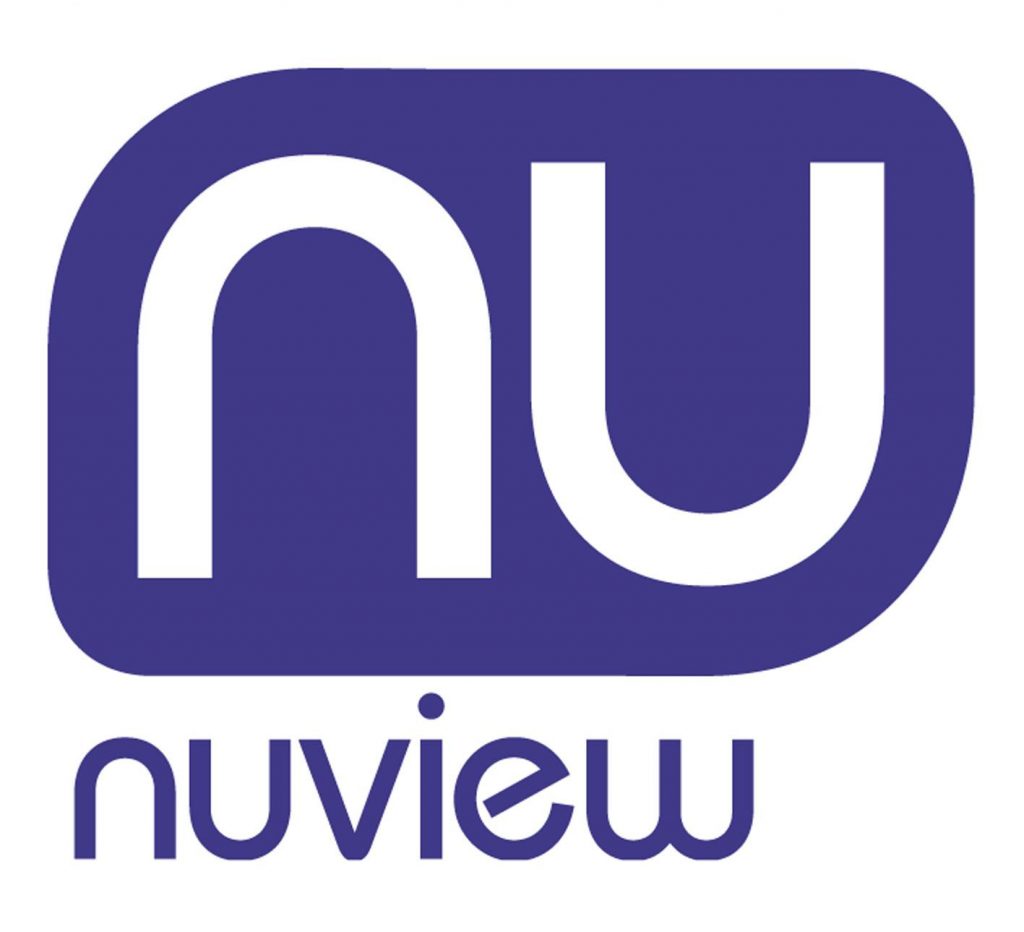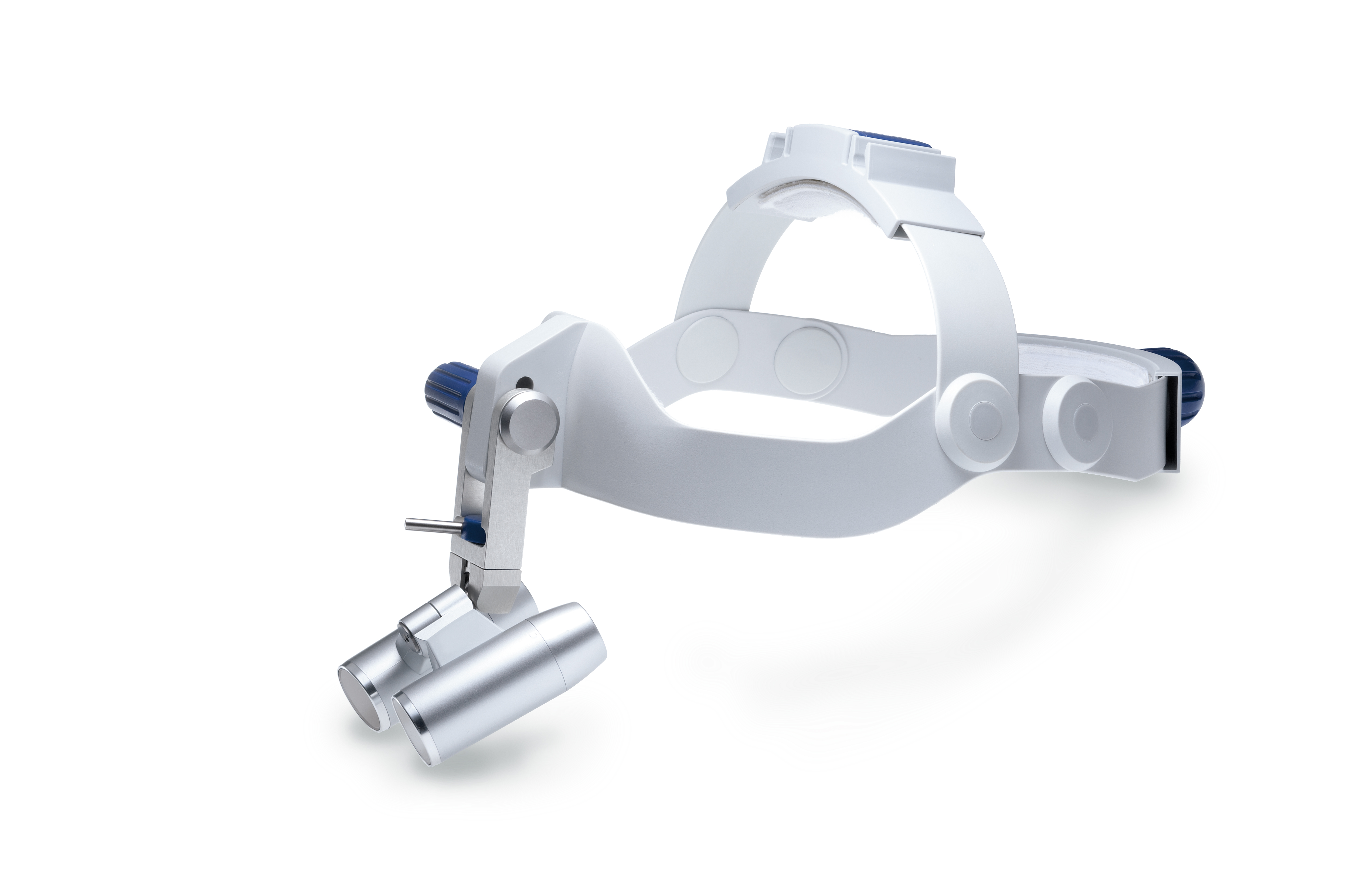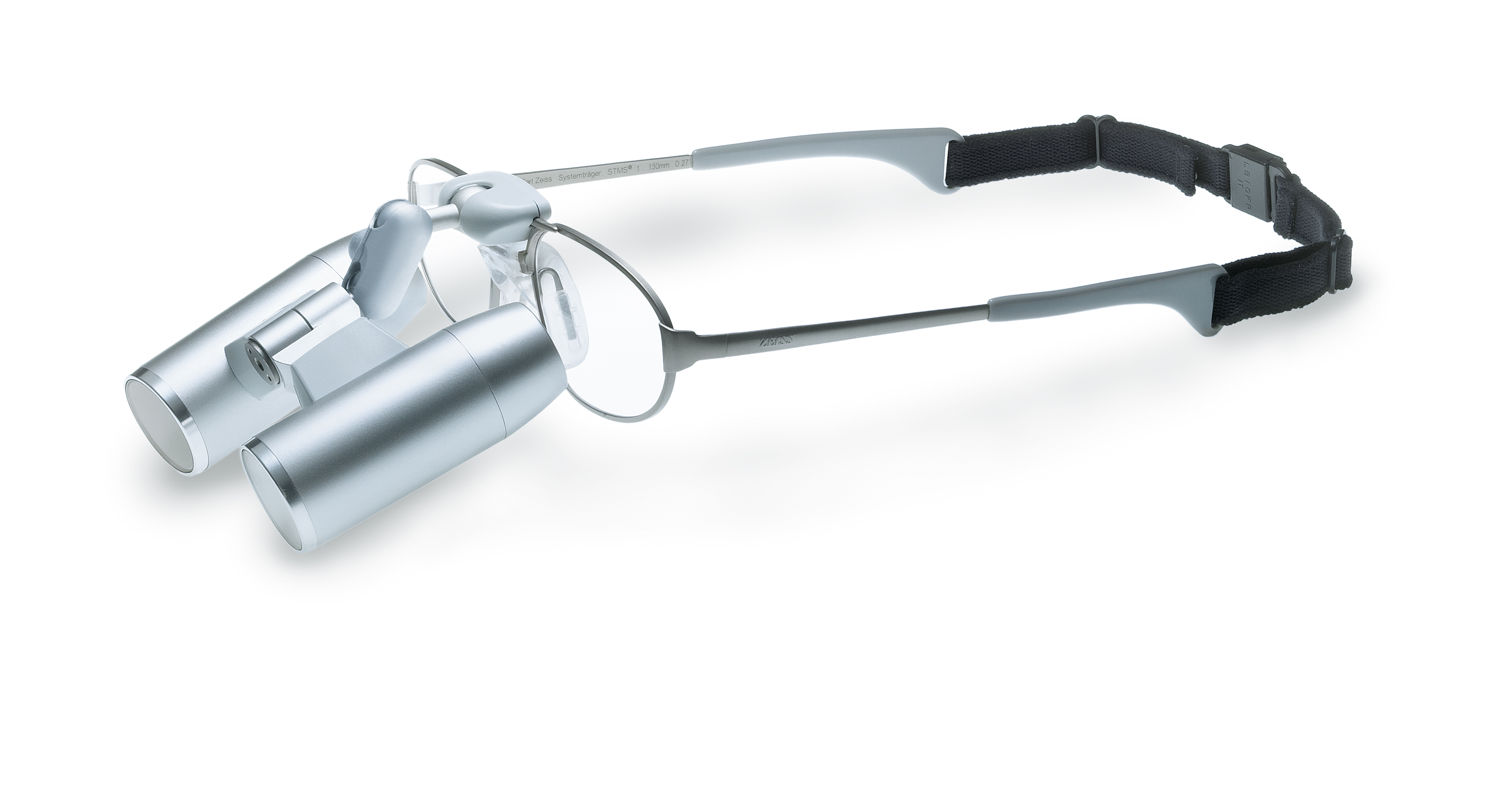Raising clinical standards and improving practitioner comfort
 This is a sponsored blog by Nuview. The BAHRS has published this material for your information and does not actively endorse any products featured.
This is a sponsored blog by Nuview. The BAHRS has published this material for your information and does not actively endorse any products featured.
The intricacies of hair restoration surgery require products and technologies that complement the skills of clinicians for outstanding results. Visualisation of the area being treated is key, which is why individuals in the field have looked to magnification equipment to assist procedures and optimise outcomes. Another equally important benefit is the role of magnification in the prevention of practitioner discomfort.
This is particularly significant given that medical and cosmetic practitioners experience high rates of work-related musculoskeletal disorders and ailments. Prevalence of these conditions among physicians is estimated to be between 39% and 65%, depending whether you focus on strains impacting the neck, shoulder, back or upper extremities[i]. This is very similar to the incidence of work-related musculoskeletal disorders experienced in labour-intensive occupations, which are known to cause significant stress on the body.
Awkward positioning of the practitioner could be to blame if they lean over the patient and twist in different angles during treatment delivery. So too could prolonged periods of time spent in the same or very similar positions, especially as some transplant procedures take upwards of four to eight hours.
Not only do work-related musculoskeletal disorders impact the clinician’s ability to continue providing high-quality treatment for many years, but they also have a significant impact on quality of life and stress levels[ii]. As would be expected, differences in quality of life are most prominent for those who are 50-years-old or above and who have 10-15 years of clinical experience.
Consequently, reducing the risk of musculoskeletal disorders should be a priority for all cosmetic practitioners throughout their careers. This might involve investing in seating designed to improve posture, or committing to exercises and stretches that can help strengthen specific parts of the body and prevent strain.
An alternative or complementary solution is to introduce magnification technology into routine procedures. Studies have shown that magnification loupes improve ease of working, posture and comfort for healthcare professionals – with as many as 89% of participants in one study agreeing[iii].
Of course, magnification brings with it many more advantages for the modern hair transplant surgeon. For example, it is beneficial in minimising eye strain as well as reducing transection of existing hair follicles in recipient sites[iv]. There is also evidence that magnification under good light provides improved visualisation for this type of treatment[v].
For the best results, it is crucial to select the equipment carefully. Aspects such as magnification capabilities, working distances and field of view are important to consider to ensure they facilitate such exacting work. Experts have generally suggested using magnification between 3x and 4.5x depending on the individual case – typically using higher magnification for lighter or very fine hair that is otherwise more difficult to see clearly. Comfort and adjustability of the loupes matter too, as they help with the delivery of quality treatment that does not compromise the practitioner experience in any way.


Carl Zeiss EyeMag Pro loupes from Nuview are designed for superior image quality and user comfort. The high-contrast stereoscopic images, edge-to-edge sharpness and LED illumination system ensure exceptional visualisation of anatomical microstructures for first-class hair restoration surgery. Available with magnification levels from 3.2x to 8x and a variety of working distances and fields of view to suit any case, the medical loupes can also be mounted onto titanium frames with a soft nose bridge or an adjustable headband for the perfect fit. The latter delivers excellent weight distribution on the crown of the head, with fully adjustable over the head strap and optics positioning, as well as washable textile pads ensuring total comfort even for longer procedures.
So, no matter what point you have reached in your career, consider medical loupes part of your essential armamentarium. With enhanced visualisation, you will not only be able to elevate clinical standards, but also do so while improving your own health and wellbeing.
Visit https://www.nuview.co.uk/ for more details
References
[i] Maxner A, Gray H, Vijendren A. A systematic review of biomechanical risk factors for the development of work-related musculoskeletal disorders in surgeons of the head and neck. WORK, vol. 69, no. 1, pp. 247-263. https://doi.org/10.3233/WOR-213474
[2ii] Bae YH, Min KS. Associations between work-related musculoskeletal disorders, quality of life, and workplace stress in physical therapists. Ind Health. 2016;54(4):347-353. doi:10.2486/indhealth.2015-0127
[iii] Aghilinejad M, Kabir-Mokamelkhah E, Talebi A, Soleimani R, Dehghan N. The effect of magnification lenses on reducing musculoskeletal discomfort among dentists. Med J Islam Repub Iran. 2016;30:473. Published 2016 Dec 28.
[iv] Marc RA. Polarized light-emitting diode magnification for optimal recipient site creation during hair transplant. Sept 2005. Dermatologic Surgery Journey. 31 (9.1). PubMed ID 16164861.
[v] Caroli S, Pathomvanich D, Amonpattana K, Cacas TM. Optimizing the efficiency of recipient are estimation: a comparative study. Hair Transplant Forum International. Sept 2010. 20 (6) 177-185; DOI: https://doi.org/10.33589/20.6.0177

